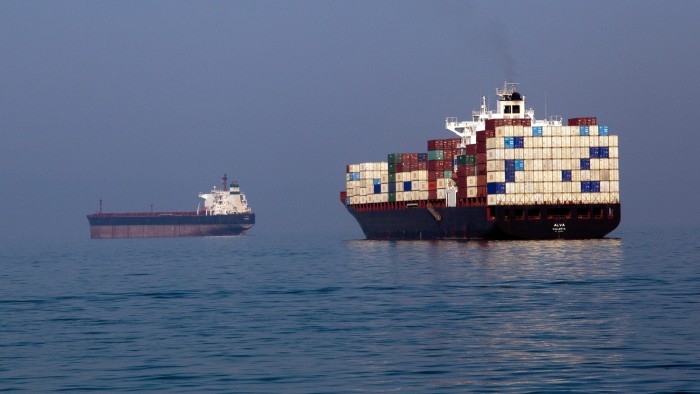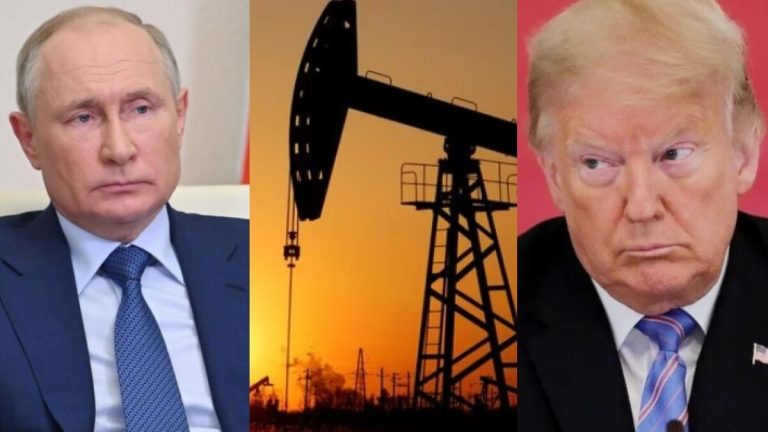Stay informed with free updates
Simply sign up to the Central banks myFT Digest — delivered directly to your inbox.
The prospect of a new economic shock emanating from the Middle East is likely to heighten central bankers’ cautious approach to cutting interest rates, economists said in the wake of Israel’s attack on Iran.
The Federal Reserve and Bank of England are among the central banks due to meet in the coming days as Israel’s attack on Iran adds to a series of geopolitical shocks, including Donald Trump’s trade war, that are clouding the outlook for growth and inflation.
A further escalation in hostilities could take the oil price beyond $80 a barrel, analysts warned, adding to arguments for the Fed not to cut borrowing costs for the time being, despite a recent easing in inflation.
The BoE is also set to keep rates steady at 4.25 per cent on Thursday following a reduction at its May meeting.
With memories of the post-Covid surge of consumer prices still fresh in the public’s minds, central bankers are wary of appearing too tolerant of energy-driven overshoots to their inflation targets. The risk is of a stagflationary shock that hits growth and drives up prices on top of the disruption from Trump’s trade barriers, adding to arguments for policymakers to tread carefully before easing policy further, said economists.
Torsten Sløk, chief economist at Apollo Global Management, said Fed officials faced the prospect of being “completely torn in opposite directions” on whether or not to cut interest rates.
In March, US rate-setters were already expecting Trump’s trade war to hit both sides of their dual mandate, predicting lower growth and higher unemployment in their forecasts for the economy. As officials prepare to make their latest economic projections this week, the hostilities between Israel and Iran will probably have worsened the trade-off between keeping prices in check and supporting a weakening US labour market.
“Until they have clarity, the Fed is in an uncomfortable limbo where they cannot preemptively cut,” said Diane Swonk, chief economist at KPMG US.
Brent crude, the global benchmark, surged 12 per cent to $78.5 a barrel in the early hours of Friday morning after Israel began its strikes against Iran’s nuclear programme and military facilities. Prices later subsided and fell again on Monday, when markets reopened after the weekend, by 1.6 per cent to $73.12 a barrel.
Analysts argued that the rally could fizzle out in the absence of any significant disruptions to oil flows, and if Tehran resists responding by closing the vital Strait of Hormuz shipping lane.
“In a worst-case scenario involving a full disruption to Iranian oil supply and a closure of the Strait of Hormuz, oil could spike to over $120 per barrel,” said Jim Reid of Deutsche Bank. “In a more measured case — a 50 per cent reduction in Iranian exports without broader regional disruption — prices would remain near current levels.”
Reid added that the market appeared “to be pricing in this more restrained outcome for now”.
Data from the UK’s Maritime Trade Office on Monday showed the number of vessels using the strait had fallen from 147 a week earlier to 111 but there was no sign of a blockade or closure of the narrow stretch of water that links the Gulf and the Arabian Sea.
Some economists pointed out that Brent crude remains below prices at the start of the year, arguing the Fed, the BoE and other central banks will be more focused on domestic economic data than developments in oil markets.
In the US, better than expected May inflation readings earlier this week — and signs from the most recent jobs report that the US labour market might be cooling — have raised the pressure on Fed chair Jay Powell to cut US interest rates further this year.
President Trump labelled Powell a “numbskull” last week for keeping borrowing costs on hold at 4.25-4.5 per cent — a level that’s now more than double the European Central Bank’s deposit rate.
But some economists argue that the wave of inflation that followed the pandemic had raised the likelihood that tariffs produce so-called second and third-round effects in prices, leaving the Fed facing an ongoing inflation problem.
Joseph Gagnon, of the Peterson Institute, said the concern was that people see a resurgence in inflation as a sign of a fresh price shock akin to the one that followed Covid-19. They could then start demanding compensation in the form of higher wages, with an associated risk that this spills over into other categories of goods and services.
As such, central bankers needed to take the risk of a sustained surge in the oil price seriously, economists said.
“A trade war means higher prices and lower sales. For a long time, the offsetting effect to that has been oil prices going down,” said Sløk. “But if you take your textbook out and say what are the consequences of oil prices going up, then they’re exactly the same as those of a trade war.”
“The Federal Reserve was already likely to keep rates on hold through the third quarter,” said Warren Patterson, head of commodities strategy at ING. “The latest developments only reinforce that.”
Additional reporting by George Steer in New York and Robert Wright in London






